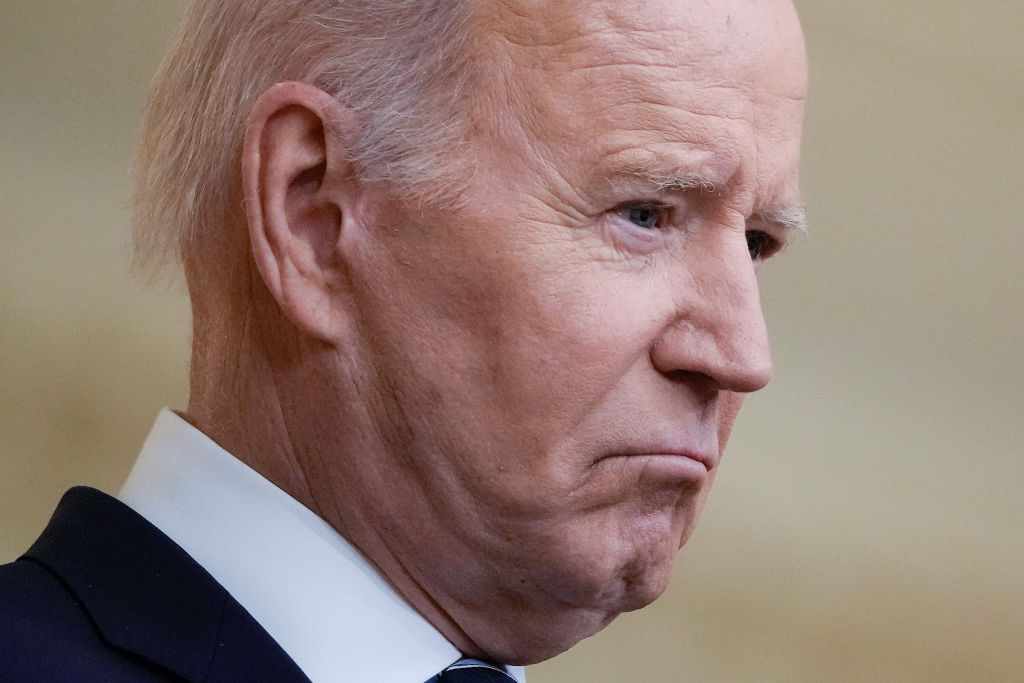United Nations of Latin America – Concept
4 min read
Francisco Bilbao Barquín was a Chilean socialist writer and politician who is credited with the first real use of the expression “Latin America”. Proposed by Bilbao in 1856, the term had already been considered several years earlier by a French writer, Michel Chevalier, for whom there would be two Americas on the American continent, one of which would have a “Latin” culture.
Derived from the word “Latin”, the language spoken in Rome, the term names people in southern Europe.
For Bilbao, this idea is important to demonstrate that there is a certain difference between Anglo-Saxon and the rest of America. And the context of the time couldn’t be clearer.
In 1856, US President Franklin Pierce considered to recognize William Walker’s government and the group of Americans who seized power in Nicaragua expanded the policy of American expansionism, responsible for the annexation of much of the Mexican territory several years earlier.
Continue after ad
Bilbao proposed to demonstrate the distinction between the two, and appealed to European powers to curb American interests in the region.
About six years later, in 1862, French Emperor Napoleon III used the term to justify his conquest of Mexico, since both France and Mexico were “Latin”.
This idea contrasts with the origin of the expression “American” to refer to someone born in the United States of America.
For local revolutionaries, using the term “American” was a way of resisting European dominance in the region. It was a great marketing campaign that worked. After all, people born in America today are called “Americans.”
Just as people born in the US are called “Mexicans” and people born in the former US in Brazil are called “Brazilians”.
Continue after ad
Historical origins aside, Latin America has become known over the last century for having another major difference from its Anglo-Saxon American “brothers” (the United States and Canada).
Daron Acemoglu and James Robinson in their account of “Why Countries Fail” make a clear distinction between developed and underdeveloped countries in terms of structure.
For developed countries, there are “inclusive” institutions. This may mean a judiciary that functions independently and independently of income level, greater social mobility, protected property rights, transparent taxation and access to education.
For developed countries, “extractive” institutions are the rule: in short, local elites take political power and use it to extract income from the people.
In Latin America, such a model transcends political differences and can be seen across both political spectrums.
Here, the holder of political power holds economic power or power over the economy.
It is this historical fact in the region that makes political power here so unstable, leading to conspiracies, dictatorships and captures of democracy.
For this reason, it is common to see populist approaches that deceive the future to secure power in the present.
If power is unstable, rulers have no reasonable incentive to think long term. They are even less likely to plan for a future in which they are not in control of the economy.
Continue after ad
As a result the most exotic economic projects are possible.
Many of these strange incentives seem to be taking shape in America as well.
US President Joe Biden has been campaigning to outsource the cause of the nation’s highest inflation in 40 years.
As Argentina’s President Alberto Fernandez declared, “Unfortunately, every time we put money into the economy to help families, prices go up.”
For Biden, the blame lies with corporate profit margins and the stakes of foreign powers.
There’s just one problem: Biden runs the world’s largest economy, responsible for issuing the global currency, the dollar.
And giving dollars has been the norm. About 43% of the total dollars in the world have been created since 2020.
Continue after ad
A $2,000 grant was sent to every American family. Biden also announced a $3.5 trillion plan for construction. A better PAC, eco-friendly footprint.
Of course, Biden cannot be solely blamed for the current state of the US economy, especially as US debt has reached 130% of GDP. After all, the US has spent more than it has spent in decades, subsidized by the rest of the world.
Over the past 51 years, since the gold-dollar standard was phased out, the United States has had short-term surpluses in the general accounts (especially during the Internet boom of the 1990s), followed by a series of deficits.
But it’s clear the Biden administration is reeling from the pandemic’s fallout. But mainly as a result of their own economic policies.
Jerome Powell, President US central bank“How little we know about inflation,” he declared in a recent interview.
Yes, the one who sets the price of money (the dollar interest rate) in the world says he is surprised by the way inflation works.
As the market is already anticipating, the outcome should be painful.
The US is likely to face a recession to curb inflation. In other words, the U.S. economy would have to lay off people and create a crisis to control inflation caused by the loose monetary policy of previous years.
Not just American families, but families will face problems from this long learning curve from the Fed, the US central bank.
Meanwhile, the U.S. government will continue to be baffled in its search for new criminals. Like a good banana republic, you’ll mostly blame foreigners. Who knows the Chinese? It is possible.
In the same way, new schemes and subsidies are likely to continue to be created to ease housing payments, even with high debt burden and consequent weakening of the currency.
related to

“Communicator. Award-winning creator. Certified twitter geek. Music ninja. General web evangelist.”




